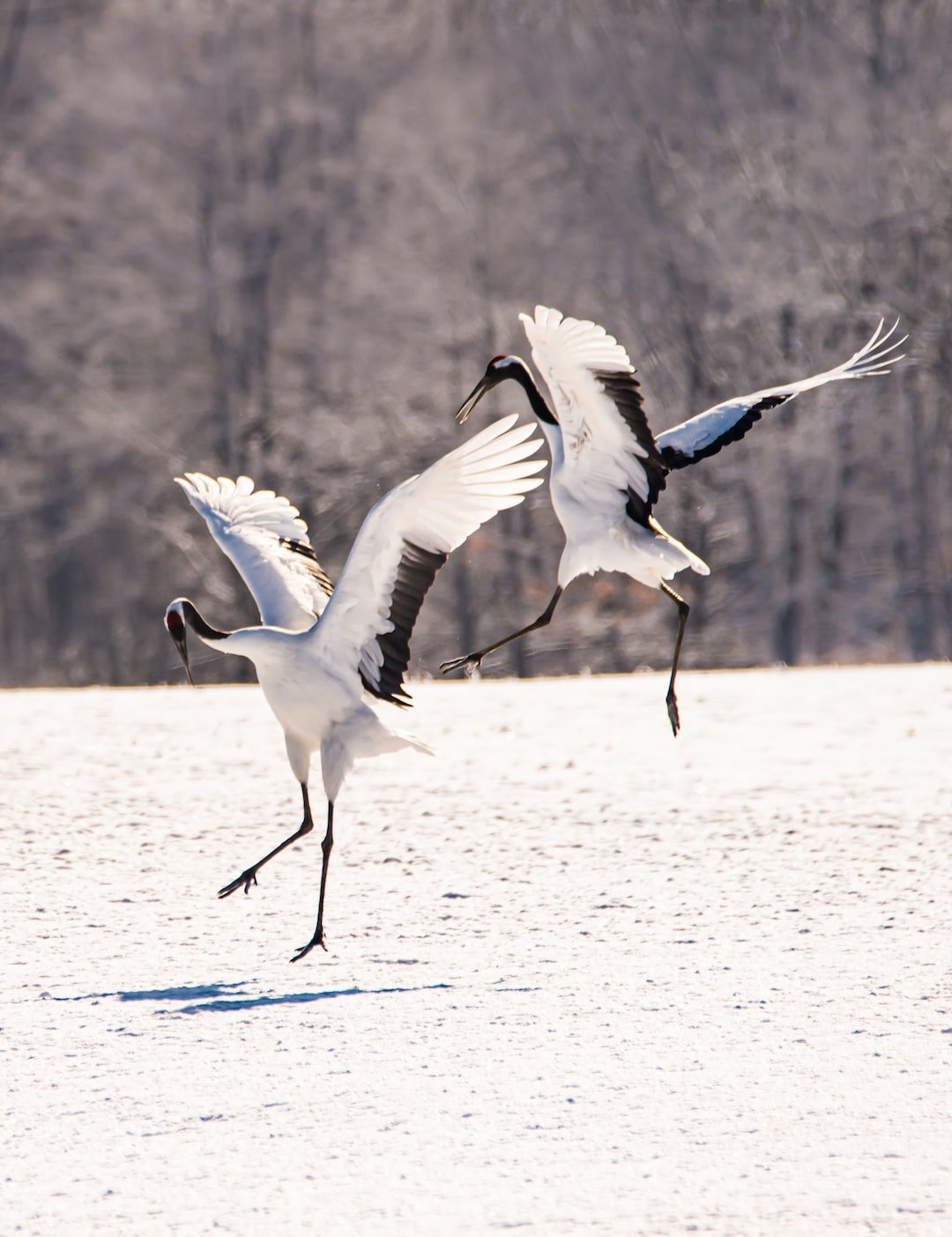Wolves are fascinating creatures that are known for their complex social behaviors and family dynamics. These animals are very social and usually live in packs of six to ten or more. Pack members work together to hunt food, protect their territory and offspring, and establish their dominance hierarchy. This pack structure is critical to the survival of wolves, and it involves complex family dynamics that ensure the group’s stability and success.
The social structure of wolf packs is based on a dominance hierarchy, which is determined through physical confrontations and social behavior between pack members. Wolves communicate frequently through body language, vocalizations, and scent marking, and each member knows their place in the pack’s hierarchy. The alpha wolf is at the top of the hierarchy and establishes its dominance through physical displays of aggression and submission from the other pack members. The alpha pair is usually the only ones that mate and have offspring, and they are responsible for leading the pack and making important decisions.
Wolves remain with their birth packs until they reach sexual maturity, which usually happens at about two years of age. Once they are mature, they may leave the pack to search for a mate and establish their own territory. However, some wolves may stay with their birth pack and help raise the alpha pair’s offspring or challenge the existing alpha wolf for dominance, which is known as dispersal. This dynamic ensures that the pack is always evolving and adapting to changing circumstances.
Another interesting aspect of wolf family dynamics is their strong family bonds. Wolves form close relationships with their pack members and may mourn their loss when a member dies or leaves the pack. Wolves are also known for their nurturing behavior towards their young. Both the alpha pair and other pack members help raise the young, which includes providing food and protection. Wolves also display affection towards their pack members, with nose touches and nuzzling being common displays of affection between pack members.
While the alpha pair usually has the most dominant role in the pack, other pack members also contribute to the pack’s success. Wolves are highly cooperative and work together to hunt larger prey, defend their territory, and raise their young. Each pack member has a unique role within the group, which contributes to the pack’s overall success.
In addition to their complex family dynamics, wolves also play an important role in the ecosystem. As apex predators, wolves help regulate prey populations and maintain a balanced ecosystem. They also play a crucial role in shaping the landscape, as their hunting behavior prevents herbivores from overgrazing and damaging the environment.
In conclusion, the family dynamics of wolves are a fascinating and complex aspect of their social behavior. Their pack structure is based on a dominance hierarchy, which is critical to their survival, and their family bonds and cooperation contribute to their success as a group. Wolves play an important role in the ecosystem, and their behavior and social structure are essential to their role as apex predators. Understanding the complex family dynamics of wolves is not only interesting but also crucial for their conservation and management.

